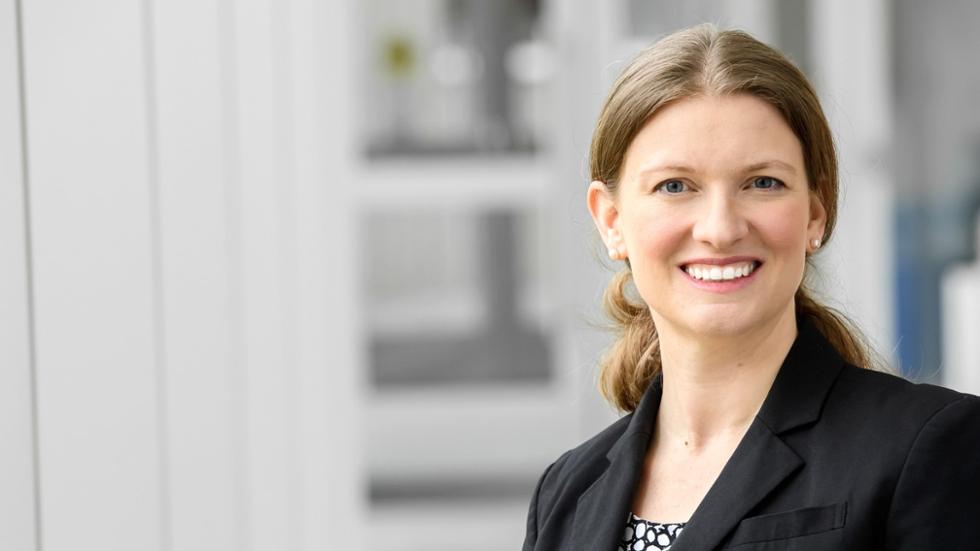
“Validating an algebraic approach to characterizing resonator networks,” co-authored by Assistant Professor of Physics Viva Horowitz, was recently published in the journal Scientific Reports. Horowitz, along with Trevor Scheuing ’23 and researchers at the University of Oregon, developed Network Mapping and Analysis of Parameters (NetMAP), a new way to analyze resonator networks.
Horowitz said that resonator networks are everywhere in natural and engineered systems such as the brain and electronic circuits. “In the past, researchers who wanted to analyze resonator networks have had to dismantle them in order to measure each piece of the network individually,” she explained. “Our method, NetMAP, enables us to obtain those individual measurements from measurements of the whole system so we don't need to take the network apart.”
This paper describes their testing of NetMAP to see how well it works in simulated resonator networks, validating the technique, and identifying best practices. Looking at the smallest resonator networks, the researchers found that certain frequencies are better choices for taking the measurements, and they identified how increasing the signal-to-noise ratio can improve the quality of the NetMAP results. Horowitz said the group anticipates that the technique will scale up to larger networks.
Co-author Trevor Scheuing ’23, majored in mathematics and physics at Hamilton and is currently a graduate student at Syracuse University. “Professor Horowitz gave me the opportunity to work on this research project after I expressed interest for theory over experiment,” he said. “This project was particularly exciting to me because it is so broadly applicable throughout physics. I am proud that I could make a meaningful contribution.”
Posted February 9, 2024
